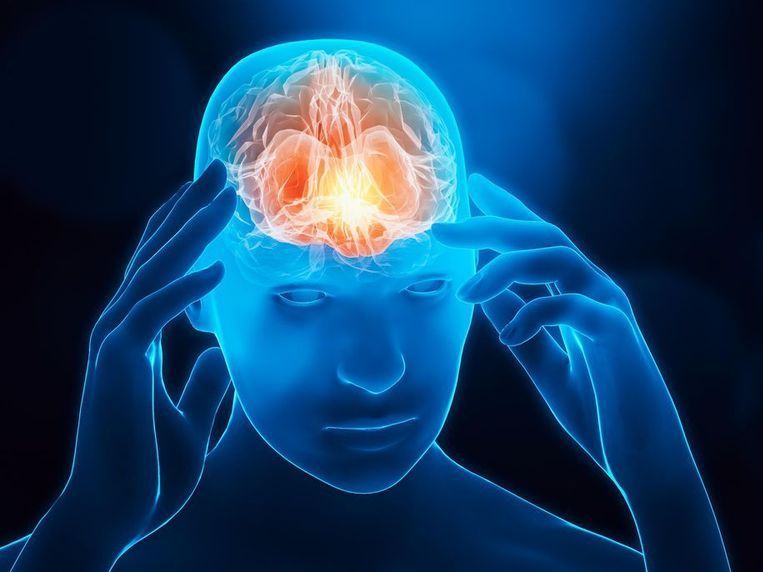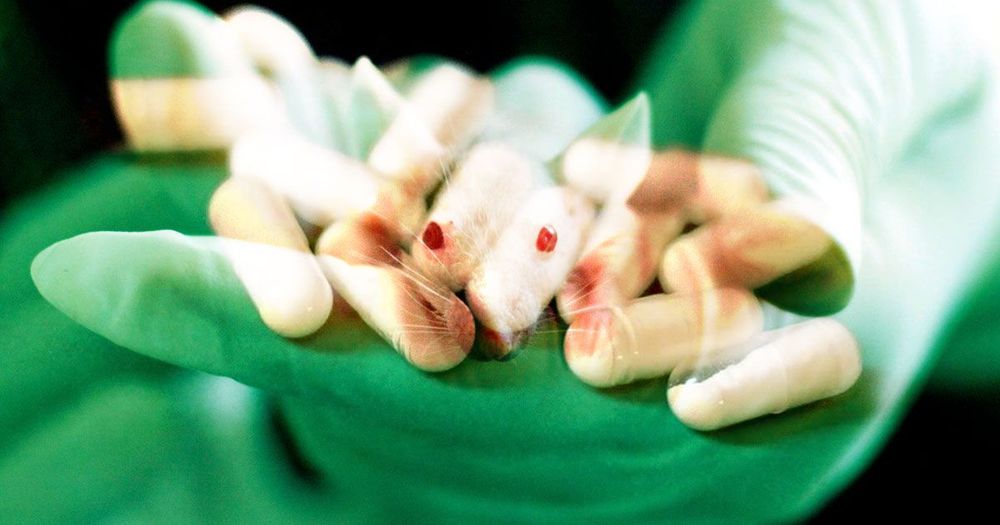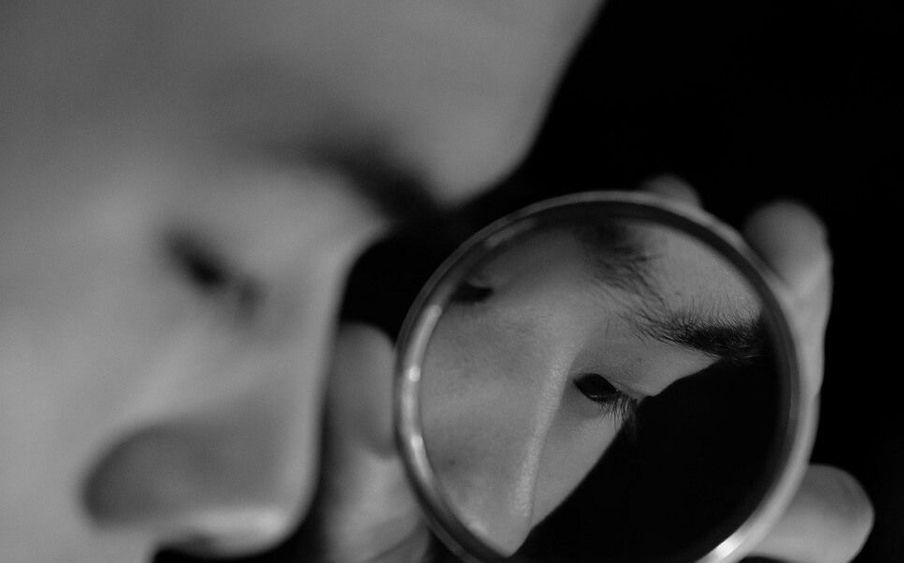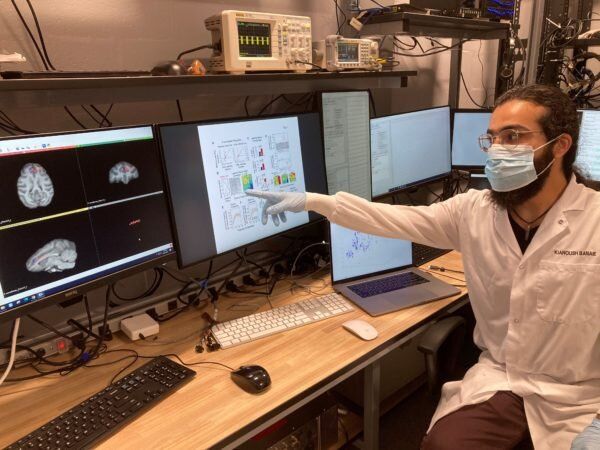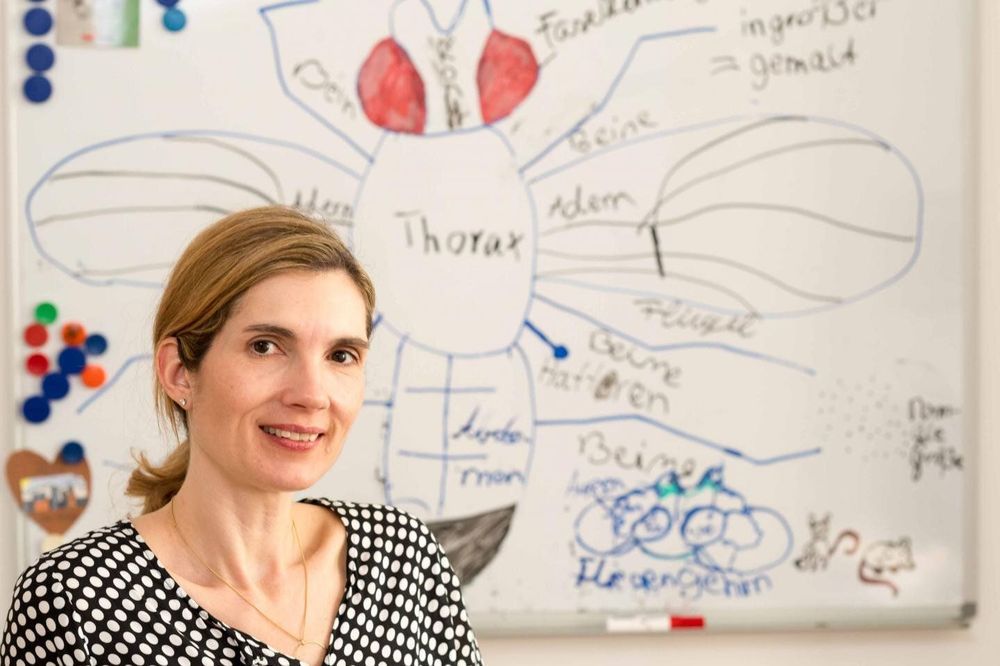While the issue of aging and DNA methylation is an area that is well-studied, modifications of DNA to reduce or reverse aging remains an area in need of exploration. Studies in mice utilizing interventions such as caloric restriction and the drug rapamycin have reversed and/or slowed age-related DNA methylation by up to 40%. Understanding the cross-species aging based on similar DNA behaviors may open more doors to investigating therapeutics to minimize lifetime risks of age-related illnesses such as Alzheimer’s disease and cancers.
A recent study published in Cell Systems sought to debunk one of the most common myths about dogs: much to our surprise, one “dog year” does not equal seven “human years.” As described in a recent Forbes piece by Sara Tabin, the relationship between dog years and human years is not linear, but is based on a logarithmic formula. The research group, based at the University of California, San Diego (UCSD), created the formula as follows:
Age in human years = 16 ln(age in dog years) +31. (ln means “natural logarithm).

